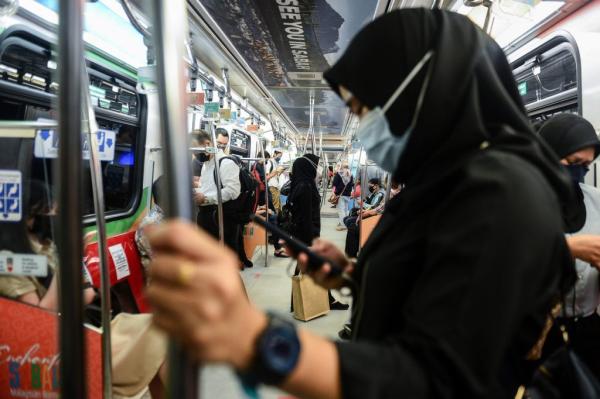By Yasmin Ramlan
SHAH ALAM, July 10 — The state’s Special Select Committee on Water Management, Agriculture, Infrastructure and Mobility (Infragro) has urged a comprehensive review of the public transport ecosystem in Selangor, citing low ridership, limited rural coverage, and weak first- and last-mile connectivity.
Infragro chairman and Subang Jaya assemblyman Michelle Ng Mei Sze said public transport use in the state remains low, with only about 10.6 million annual users — averaging about 29,000 daily commuters.
Speaking at the Selangor State Legislative Assembly, she said the figure included Smart Selangor buses and demand-responsive transit (DRT) services, despite the state’s population of 7.4 million.
“The data shows a heavy reliance on private vehicles, highlighting the need for a more effective strategy to shift daily travel from private to public transport.
“To date, there is no public transport master plan in place,” she said when tabling the committee’s report on the matter under Standing Order 76(5) of the State Legislative Assembly here today.
“The existing Selangor Mobility initiative, which began in 2015 with just over 500,000 users, has grown significantly, but still falls short of reaching the masses,” she added.
Among the challenges identified by Infragro were insufficient rural coverage, poor last-mile access, peak-hour congestion, and limited infrastructure funding.
[caption id="attachment_407287" align="aligncenter" width="1024"] Subang Jaya assemblyman Michelle Ng Mei Sze holds a press conference on pipe replacement works in SS13, SS14, SS15 and SS17, in Subang Jaya, on May 26, 2025. — Picture by FIKRI YUSOF/MEDIA SELANGOR[/caption]
Subang Jaya assemblyman Michelle Ng Mei Sze holds a press conference on pipe replacement works in SS13, SS14, SS15 and SS17, in Subang Jaya, on May 26, 2025. — Picture by FIKRI YUSOF/MEDIA SELANGOR[/caption]
Ng said that to achieve the state’s target of 40 per cent public transport ridership, Selangor must expand routes, increase service frequency, reduce travel time, and provide incentives to attract more users.
She also highlighted the need to enhance accessibility for all demographics, including the elderly and persons with disabilities.
She added that the DRT service, which uses vans within a 10km radius of LRT stations, was considered as a promising but costly model.
“The committee found that the state government’s policies and efforts to increase public transport usage have been more focused on the supply side — service provision — with less emphasis on reducing public demand for private vehicle use.
“The committee believes the State Economic Planning Unit and local councils play a crucial role in reducing car usage and achieving the 40 per cent public transport ridership target,” Ng said, adding that Infragro recommends benchmarking daily ridership by transport mode to achieve the goal.
Given that local councils are also responsible for public infrastructure, Ng said they have a vital role in supporting integrated, accessible mobility networks.
She said the Infragro also urges the state’s Mobility Committee, chaired by state executive councillor for investment, trade and mobility Ng Sze Han, to hold more meetings instead of just two a year, and for the government to conduct a full review of its public transport ecosystem, including into route design, operator costs, and user behaviour.
Ng also urged stronger collaboration with the federal government to coordinate future bus routes and connectivity upgrades.




